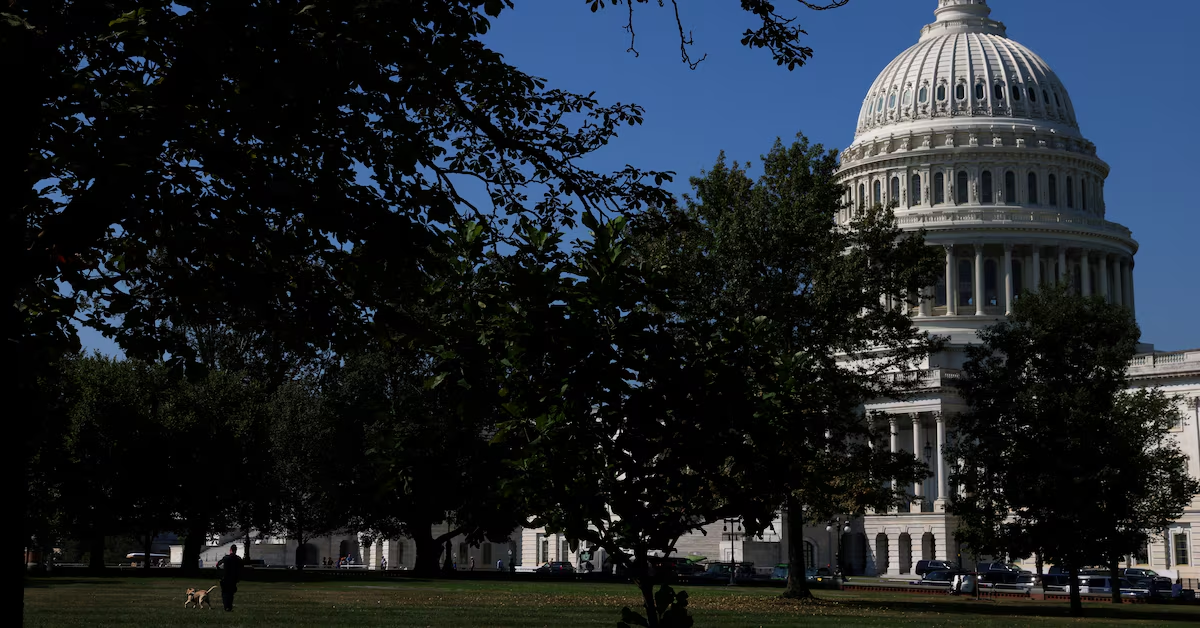Washington / Global Markets — As the U.S. Congress grapples with funding deadlines, the Federal Reserve finds itself sandwiched between two mounting pressures: uncertainty about government operations and heightened demands on monetary policy. The possibility of a government shutdown threatens to upend key economic functions just as markets await guidance from the Fed.
A Unique Pressure Point for the Fed
The Fed is not immune to the fallout of a shutdown. While central banks generally operate independently, the federal government’s funding lapses could disrupt the flow of economic data, delay critical reporting, and inject heightened volatility into financial markets. For a central bank that relies heavily on timely inflation numbers, employment stats, and government financial reports, any disruption carries consequences.
Officials within the Fed are reportedly concerned that if agencies like the Bureau of Labor Statistics or the Treasury are partially closed, key datasets—such as the monthly jobs report or revenue receipts—could be delayed or compromised. In turn, this would cloud the Fed’s ability to make well-informed decisions about interest rates and forward guidance.
Markets Already Reacting
Investors have been on edge. A widening spread between short and long‐term Treasury yields, increased demand for safe-haven assets like gold, and pullbacks in equities suggest markets are pricing in greater uncertainty. Meanwhile, dealers in the bond market warn that a Fed caught without full information could inadvertently over- or under-react to market events.
Compounding the stress is the broader macro picture: recent softening in core inflation, signs of cooling labor demand, and global economic jitters have already pushed rate-cut expectations higher. The specter of a shutdown adds a layer of complexity to every public signal from the central bank.
Internal Debates: Caution vs. Action
Behind closed doors, Fed governors and regional bank presidents are said to be debating the proper stance. Some favor a cautious approach—deferring major moves until data confirms trends post-shutdown. Others argue for forward leaning signals to reassure markets and anchor expectations, even if data flow is impaired.
A complicating factor is timing. The Fed’s next policy meeting is on the horizon, and it’s increasingly likely that it will overlap with the period of potential government disruption. That timing forces the central bank to balance its usual internal processes with external uncertainty. A decision to maintain the status quo—even in the face of weakening indicators—could invite criticism. Conversely, a premature cut or aggressive pivot could backfire if data contradicts their assumptions.
Political Entanglements & Optionality
The Fed also faces political pressure, albeit indirect. Some lawmakers and market voices are calling on the central bank to provide a cushion against fiscal missteps—challenging the institution to act as “shock absorber” in turbulent times. But the Fed’s mandate is clear: to ensure maximum employment and price stability, not to prop up government operations.
Still, a shutdown increases the temptation for critics to demand central bank “intervention” to stabilize markets, regardless of whether such action aligns with careful monetary policy. This dynamic risks politicizing the institution’s decisions—something the Fed has long resisted.
What Could Happen Next
Here are possible scenarios unfolding in the weeks ahead:
- Data Famine & Policy Pause
If key economic reports are delayed, the Fed may prefer to sit on its hands—holding rates steady until clear signals return. - Preemptive Easing Signal
To calm markets, the Fed might hint at rate cuts or liquidity support even in the absence of fresh data, signaling readiness to act when conditions demand. - Split Decisions & Market Shock
Without consensus, internal divisions may surface. A move that surprises either markets or the White House could cause volatility, backlash, or interrogation of the Fed’s independence. - Post-Shutdown Catch-Up
Once funding resumes, the Fed may face a compressed schedule to digest delayed data, re-affirm projections, and recalibrate its outlook—with the risk of overreaction or second-guessing moves taken under duress.
Why This Matters
- Market stability: The Fed’s ability to project calm and consistency is a cornerstone of financial equilibrium. In periods of fiscal uncertainty, that mantle becomes even more critical.
- Inflation & growth balance: Premature easing could reignite inflation. Excessive caution could stall a fragile recovery. The margin for error is thinner than ever.
- Institutional credibility: How the Fed handles this junction will affect its reputation for independence, discipline, and foresight.
Final Word
The Federal Reserve is entering a high-stakes tightrope walk. With the U.S. political machine teetering on the brink of shutdown, the central bank must act with both caution and clarity—even while its compass (data) may be temporarily impaired. Whether it chooses to hold steady or signal forward momentum, every choice will resonate through markets and the broader economy.
















Leave a Reply